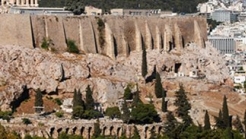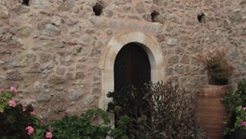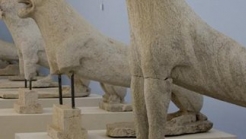

Greece
The house he lived in, where he wrote and died, after being destroyed by the WWII bombardments, was later restructured and still exists to this day. In Solomos’s house, the Company of Corfu Studies founded the Centre for Solomos Studies, which operates as “Solomos Museum”.
It is known that Greece’s national poet Dionysios Solomos lived most of his life, and until his death (1798-1857) in Corfu, where he wrote the biggest part, as well as the most significant one, of hiw writings, including «The Free Besieged » .
The house he lived in, where he wrote and died, after being destroyed by the WWII bombardments, was later restructured and still exists to this day. In Solomos’s house, the Company of Corfu Studies founded the Centre for Solomos Studies, which operates as “Solomos Museum”.
The poet’s desk and a small autograph of his are kept in the house. There is also exhibited photographic material, referring to the places, the people and the facts that are connected to the life, the works and the era of Solomos.
There is also a rich Solomos library, which is continuously enriched, and which contains all the old publicatios of the «Hymn to Freedom», as well as a series of portraits of the poet, and the members of the so-called Solomos School.


The Acropolis hill was the site for the most important and glamorous temple of the ancient city, dedicated to Athena, the protector godess of the city. This sacred site is connected to the most important myths of ancient Athens, the great religious ceremonies.


The Toplou Monastery is historical and dates back to its inception in the 15th century. Collapsed by an earthquake in 1612 and was rebuilt with the financial assistance of the Venetians.


The Museum of Delos was built in 1904, at the expense of the Athens Archeological Company.The Museum’s exhibition includes nine rooms.
1039 Ε 6061 01515 00